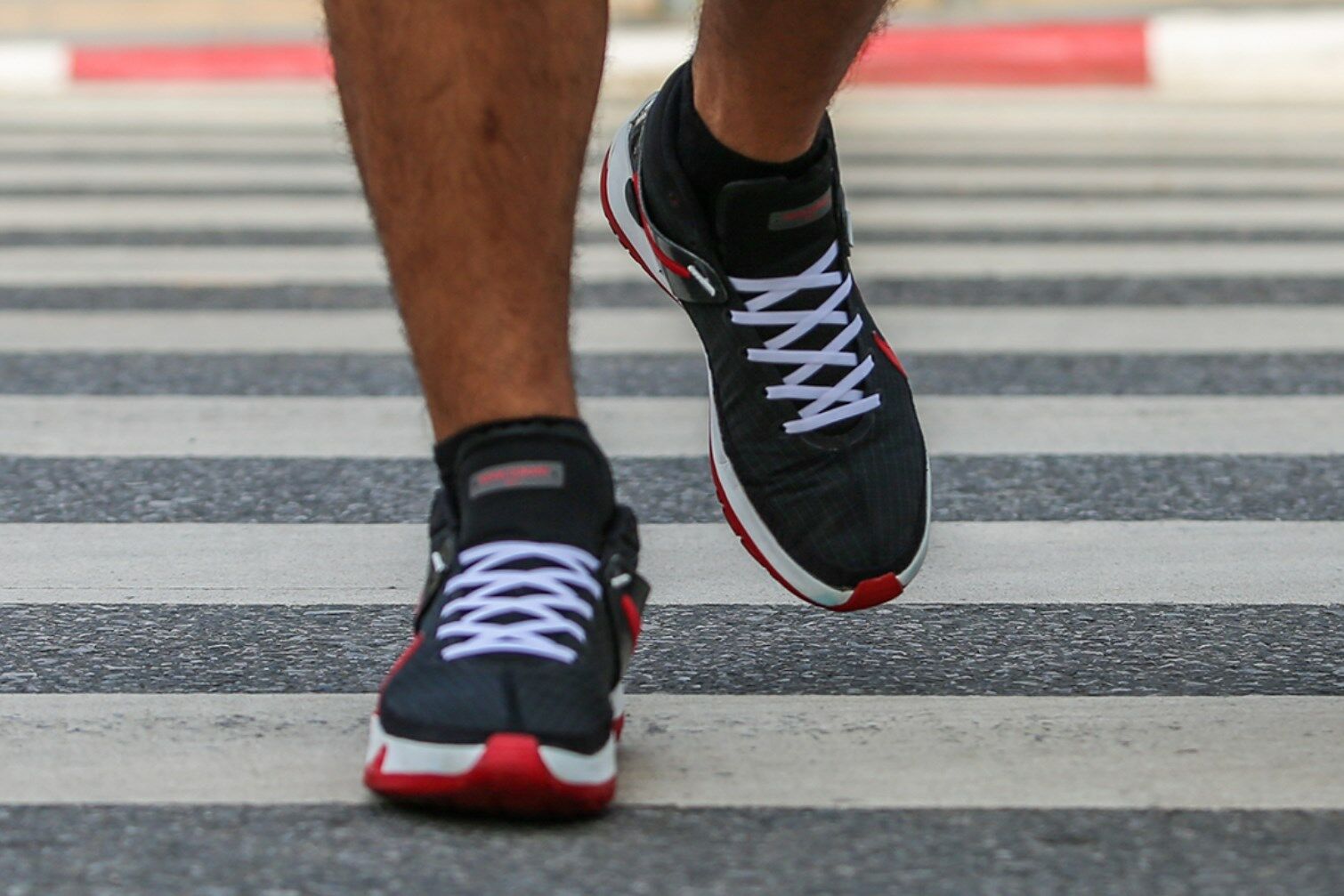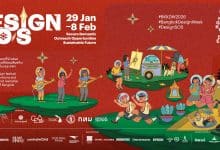Tying the pieces together with the awesome history of shoelaces

Shoelaces might seem like a small part of our daily lives, but they have a surprisingly rich history that stretches back thousands of years. From the first discovery in the Areni-1 cave to the invention of aglets that revolutionized the lace, these strings have been tying together not just our shoes, but stories of innovation and necessity. It’s fascinating to think about how a simple cord has evolved over centuries, adapting to the needs and styles of countless generations.
And as we’ve moved through history, the way we tie our shoes has seen its own evolution, from traditional knots to the modern convenience of no-tie solutions like Laceez. These innovations reflect our ongoing relationship with shoelaces and how they continue to adapt to our changing lives.
The long and riveting history of shoelaces
The journey of shoelaces, from their rudimentary beginnings to modern innovations, is a fascinating aspect of fashion and utility merging. Let’s dive into their progression through time.
Unearthing lacing history in the Areni-1
The story of shoelaces doesn’t begin in a fashion boutique but in the cold depths of a cave. Areni-1, an archaeological site in Armenia, presented the world with the earliest known shoelaces. Dated back to 4000 BC, these cords, crafted from animal sinews, hint at the early human need for functional footwear. This discovery underlines the evolution of shoelaces, marking a significant starting point in their long history.
This video by Ranit Buddy showcases the leather shoe found in the Armenian caves of Areni-1
The cool chronicles of Ötzi the Iceman
Jumping forward to around 3300 BC, Ötzi the Iceman offers another glimpse into early shoelaces. Found in the Alps, Ötzi’s shoes were tied with lime bark string, showcasing the advent of more complex lacing systems and the ingenuity of ancient people in footwear innovations.
Togas & triumphs of ancient Greeks & Romans
The Ancient Greeks and Romans took shoelaces and footwear to new heights. From the iconic Roman Caliga to the Grecian sandal, these civilizations used laces not just for functionality but as status symbols. Wide strips of leather served as laces, accentuated by the intricate knotting and tying methods that have influenced shoe designs for centuries.
The intricate knotting and tying methods developed by the Ancient Greeks and Romans have had a profound influence on modern shoe designs. Today, we see echoes of these ancient practices in high-fashion footwear, with designers incorporating gladiator sandals and intricately laced boots into their collections.
This video by Fabrica Cacti demonstrates the proper way to tie a Roman Caliga. Note the effort and complexity in making sure it fits.
The Middle Ages in modern swag
The Middle Ages saw a shift in shoelace designs. As shoes became more fitted and elaborate, the laces followed suit. Craftsmen introduced stylish, colored laces, which paralleled the flourishing art of shoemaking, thereby marking another milestone in the evolution of shoelaces.
One notable example of this evolution is the introduction of “pattens,” a type of shoe that was popular among the European nobility and featured intricate lacing systems that required equally elaborate laces to secure them. Another notable example would be the “crakow” or “poulaine” shoes, which were characterized by their long, pointed toes and required specialized lacing techniques to keep the shoes snug and comfortable.
This short made by Zack D. Films explains what crakows are and why were they used.
Innovation in the Industrial Revolution
The Industrial Revolution revolutionized many aspects of daily life, including shoelaces. The introduction of synthetic materials, such as nylon, in the early 20th century further revolutionized shoelace manufacturing. Nylon, with its high tensile strength and resistance to abrasion and chemicals, offered an even more durable option for shoelaces. These synthetic laces could withstand the rigors of daily use far better than their natural counterparts, extending the lifespan of both the laces and the shoes they were paired with.
The turn of the 20th Century
The 20th century was full of footwear innovations, including the advent of modern shoelaces. From the creation of the first sneakers, which relied heavily on laces for a snug fit, to the wider introduction of various materials and colors, this era embraced laces as an essential facet of footwear.
Delving into the present, the landscape of shoelaces continues to evolve. No-tie shoelaces, like Laceez, are paving the way for convenience and style to merge in footwear. Imagine slipping on your favorite shoes without having to deal with the hassle of tying them. That’s the kind of innovation Laceez no-tie shoelaces offer, blending the rich history of shoelaces with the needs of the modern world. Whether for running shoes, kids’ sneakers, or just your everyday pair, no-tie shoelaces offer a blend of function and fashion, setting the stage for the next chapter in the evolution of shoelaces.
Tying it together with Laceez No Tie Shoelaces

Tracing back to the history of shoelaces, it’s fascinating to see how something as simple as securing footwear has evolved. From leather strips in ancient times to the intricate laces we see today, the journey reflects broader trends in fashion and technology. The invention of the aglet, preventing fraying at the ends of laces, marked a significant improvement. Yet, the evolution didn’t stop there. As footwear styles diversified, the need for modern shoelaces that combined functionality with ease of use became evident.
No-tie shoelaces are not just a nod to convenience but also inclusivity, making shoes easier to wear for those who might struggle with fine motor skills. With Laceez, the world of no-tie shoelaces has seen a blend of practicality and style. These shoelaces cater to a vast audience, from athletes who require quick, reliable fastening to children learning to wear their shoes independently. The design ensures that once your shoes are on, they stay snug and comfortable, merging form with function seamlessly.
As shoelaces have evolved, so have the demands of modern life. In a world that values both speed and style, products like Laceez No-Tie Shoelaces are not just accessories but necessities. They reflect how even the smallest innovation can make a significant difference in daily routines, highlighting the ongoing evolution of everyday items. As we continue to embrace these changes, it’s clear that the journey of shoelaces from a practical necessity to a symbol of innovation is far from over.
Get your no-tie shoelaces now from the Laceez website for 20% off your purchases using the discount code ‘NYLACE20.’
Sponsored
Latest Thailand News
Follow The Thaiger on Google News:


























